I’ve always wanted a capsule wardrobe. Just a few coordinating garments that work well together. The thing is, how do you know what colors to choose? Is there a color that goes with everything?
There is more than one color that can go with everything. They all fall into the neutral family of colors. Warm neutral shades include beige and black, while white, cream, and gray are cool neutrals. Neutral colors are either light or appear colorless. They can be considered bland on their own. But they make other shades pop with vibrance.
In this article, you will discover what color can go with everything. You’ll learn how to identify a neutral color and find out the difference between a purely neutral and a near-neutral.
What Color Goes With Everything?

There is more than one color that can go with everything. They are called neutral shades and they all have the same properties that enable them to blend in with anything.
Characteristics of a neutral color include being quiet and unassuming, almost to the point of not being a color at all. Most of them aren’t even on the color wheel.
They need to be bland, subtle, and nondescript. Their main purpose is to create a focal point within an outfit by enhancing and framing the other shades you are wearing. Most of the time, these colors fade into the background, but you can also use neutral shades to create a monochrome effect to accentuate a pop of color from your accessories.
For an unassuming bunch of colors, they work hard to pull your outfit together and make you look fantastic. Let’s take a look at the neutral colors you should have in your wardrobe.
Black
This neutral has a long history of being a somber color. It has always been associated with pomp and ceremony, making it the go-to color for formal events like balls and weddings. Wear black as part of your outfit and you will always look professional, smart, and sophisticated.
It absorbs light, making it look darker, which is great news for the other colors you wear it with. The darker the black appears, the more those other shades will pop.
Team together a black pencil skirt, navy blue heels, and a white blouse. You’ll have a classic look for a traditional office environment. Wear a black blazer over a vibrant red dress and watch the red color ooze confidence and sensuality.
White
The lightest color available, white, is the opposite of black in more ways than one. Having no color as such, white reflects light. This gives white an almost stark appearance. A bit like looking at a field full of snow.
It has a cold, almost clinical reputation. This is partly due to its association with cleanliness and its lack of noticeable color. Unlike black, not everyone can wear white. Particularly as a monochrome outfit.
In moderation, though, white is a cool neutral, which will add a subtle elegance to any ensemble. It works well with other neutrals and with more vibrant colors. Wear white and you’ll tone down the brightest of oranges and lift the softest of pinks.
Cream
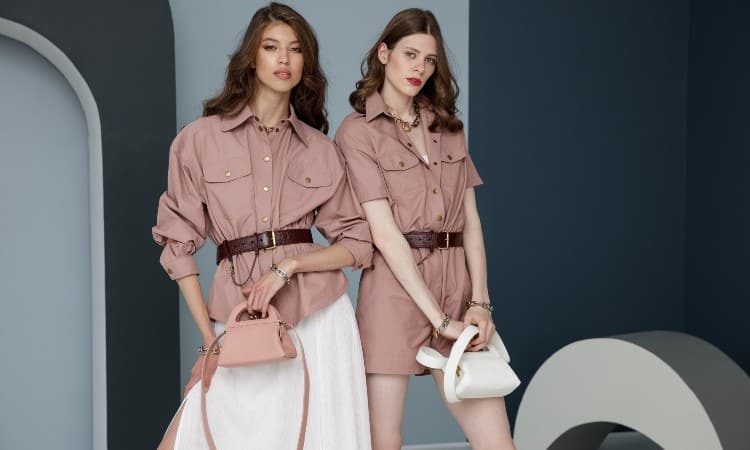
Another cool neutral cream is one step down from white. It lacks the stark intensity of white and has a much softer appearance. This is the neutral shade to go for if you want the look of white without the brightness.
While you need a certain amount of bravado to wear white, cream can be worn by anyone. It looks great on everybody. The reason for that is the undertones within the cream. They can be yellow or brown, making cream a good match for any color in your outfit and your complexion.
Use it to replace a white blouse in an office ensemble. Paired with black or navy blue pants, cream will lessen the severity, giving you a more approachable image.
Gray
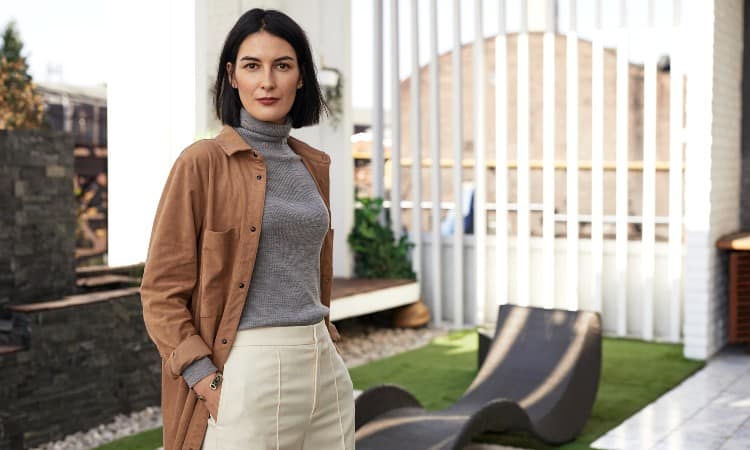
Gray is a mix of black and white and comes in various shades. It’s a color but can seem a little bland, particularly in the lighter options. Although there is more than one type of gray, all the different hues have one thing in common.
Any shade of gray will go with any other color you can think of. It’s truly natural and lacks any undertone. When you look at gray, all you see is gray. Even though it’s a blend of black and white. Gray’s parent shades are fellow neutrals, so they cancel each other out. Giving you a pure shade of gray.
Wear dark gray to a business meeting instead of black. You’ll look sophisticated and professional but without black’s harsh overtones. A light gray can add a hint of color to a cream outfit without overpowering the delicate ambiance.
Beige
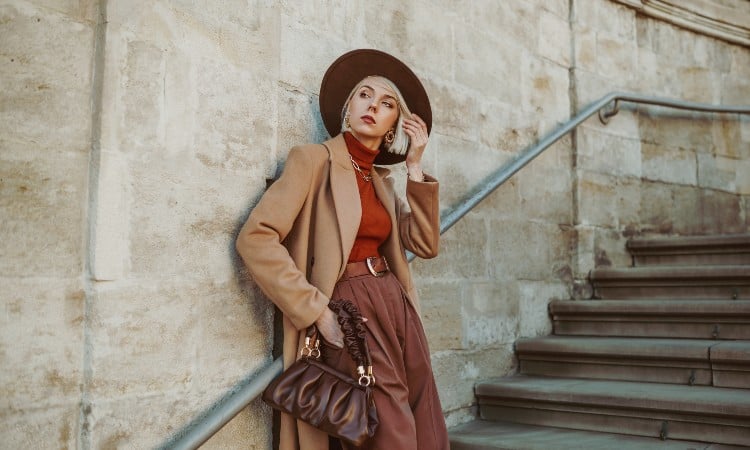
A gentle mix of white, brown, yellow, and sometimes gray, beige is a warm, near-neutral shade. Depending on the depth of the color, you’ll see yellow, brown, or gray undertones.
Beige goes with everything because it’s a subtle shade famous for being a little vague. There is some debate about what color actually is.
Described as a sandy brown, a pale yellow, or a grayish-yellow, beige is nondescript. Making it the perfect neutral shade for every color you can think of. Wear beige instead of brown for a smoother and less serious image. Or warm up your outfit by replacing white with a softer tone of beige.
Brown
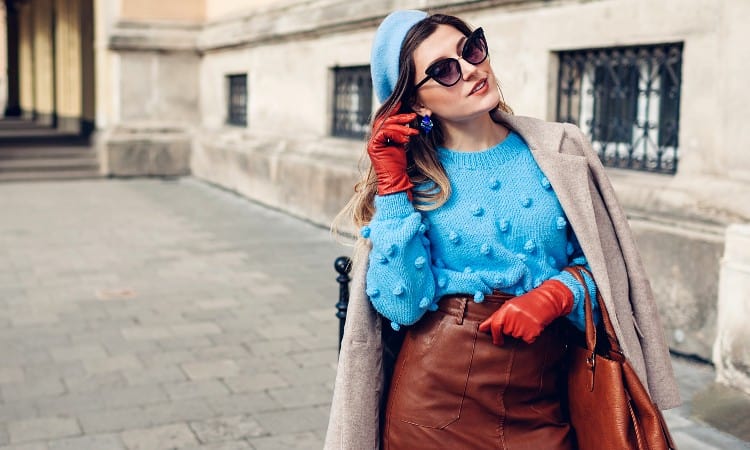
Who doesn’t like brown? A calming neutral that is both warm and sensible. You can use brown to replace black in an official setting and you will still look confident and in control.
Like gray, the depth of brown color you use makes no difference to the outcome. All the various shades of brown are neutral. Brown is a true neutral, which means it’s a pure color with no undertones. It’s also a member of the earth tone family.
This makes brown an incredibly adaptable color that is guaranteed to match any other color in your wardrobe. Due to its links with nature, brown is seen to be a fall color. However, it looks just as good at other times of the year.
Navy Blue
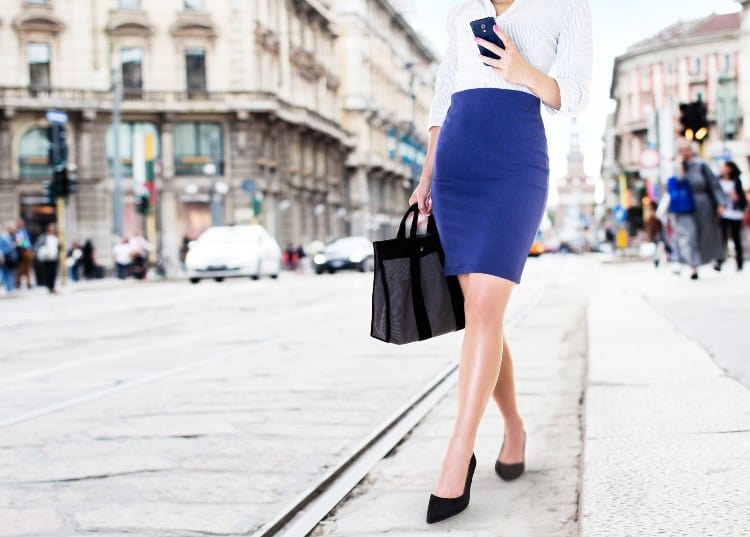
Slightly more somber than brown but less strict than black, navy blue looks stunning on anyone. Combining the cool, fresh tones of blue with the smartness of black creates a neutral shade that can rise to any situation.
Not only does this neutral shade blend well with other colors, but it also gives you more of a relaxed appearance. You can wear navy blue to formal occasions, but being blue, it lacks the grimness of black.
This shade is always in fashion and being near-neutral, it goes with whatever color you choose. Suitable for office wear, formal wear, and leisure wear, navy blue is a universal shade that can carry you through the day into the evening.
Olive Green

Another member of the earth tone family, olive green is both a neutral and a natural shade. It makes a refreshing change from gray, beige, or cream. Adding a little more depth to an outfit than most neutrals, olive green is the epitome of a quiet, unassuming color that loves to blend in.
Olive green has a yellow tint. This makes it near-neutral. Both green and yellow are happy colors and olive green is often used to portray harmony. So it’s no wonder that it makes such a perfect neutral shade that can harmonize with any other color.
It also teams well with brown to create that perfect fall ensemble. Although considered drab due to its muted hue, olive green is a versatile shade worthy of a place in your closet. Not only will it complement everything else, but it will also lift its fellow neutrals, giving them a much-needed boost of color.
What Makes a Color Go With Everything?
When you think of a color that goes with everything, your initial thoughts probably go toward black and white. These two colors are the traditional go-to shades guaranteed to match anything.
Known as universal colors, black and white can coordinate and complement every other color. But they aren’t the only colors that can do that. There is another name for universal colors you’re likely to be more familiar with. That name is neutral.
One of the definitions of the term neutral is to be unbiased. It also means to be separate from or not have an alliance with any other group. That sums up neutral colors in a nutshell. They don’t belong to any one group of colors.
Usually, light or so light that they appear colorless, neutral shades span the color spectrum. They are not competitive, so they don’t fight to be the center of attention like orange or red. Nor do neutral shades stand out like neon yellow. The one thing a neutral shade can’t be accused of is being in your face.
Because of their ability to blend into the background, neutral colors don’t clash with any other shade. Instead, they enhance and lift the appearance of other colors.
What Is a Neutral Color?
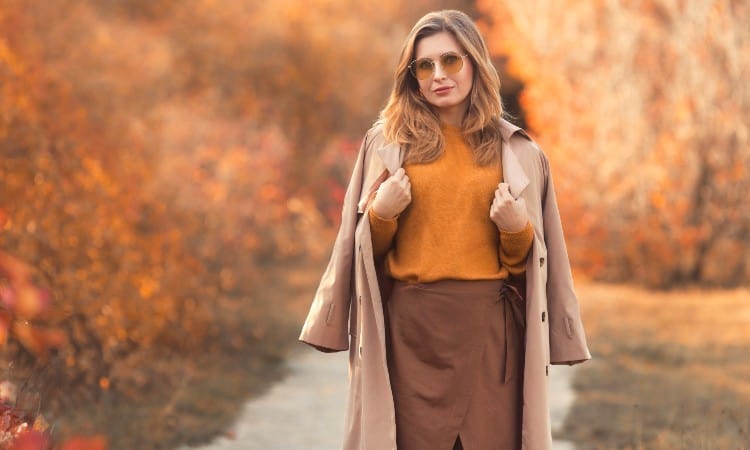
As we’ve seen above, a neutral color goes with everything. But there is slightly more to it than that. You see, there is more than one type of neutral shade. There are true neutrals and near-neutrals.
True neutrals are pure colors. This subset includes black, white, brown, and gray. There are no undertones or even the slightest hint of any other color. You won’t see a yellow tinge in brilliant white. Or a touch of beige, for that matter. All you will see is white. These are the colors in their natural state.
- In contrast, near-neutral shades have undertones of another shade within them. There can be two or three different tints hidden within the main color. Usually, those hints of color are provided by mixing primary colors with members of the true neutral group.
- Beige and cream are examples of a primary and neutral color mix. Cream is a white shade with either a hint of yellow, brown, or gray, while beige is a toned-down brown.
- Even though brown is a true neutral, adding white to it can alter the intensity of the shade. Beige is softer and lighter than brown. So much so that it can seem to be colorless. Which is one of the criteria for being a neutral shade.
This brings us neatly to another subdivision with a neutral family of colors. Those that are considered to be cool shades and those that are thought of as warm. Unfortunately, they aren’t exclusive to true or near-neutral colors. Instead, they encompass both.
Brown, black, and beige are all warm shades. While the first two are true neutrals, beige is near-neutral. The same can be seen in cool shades. White and gray are cool colors and both are true neutrals. Cream is also considered a cool neutral even though it belongs to the same group as beige.
Neutral colors aren’t exclusive to a particular shade of a specific color. Although black and white are definitive colors, meaning you don’t get a light black or a dark white. The same can’t be said for the rest of the neutral shades. Not even the other true neutrals.
A light black would be charcoal gray and a dark white could be beige or tan. If you contrast that with brown, gray, and cream, they all have a range of colors within their respective families, all of which can be considered neutral and able to blend with any other color.
Then, just when you were getting the hang of what a neutral color is, you’ve got olive green. It’s a bit of an anomaly within the color spectrum.
Green isn’t a true neutral. But then, it isn’t a near-neutral either. It is, however, an earth tone, just like brown. Being an earth tone means green can blend in with other greens and browns to harmonize an outfit. So to a certain extent, green can behave like a neutral even though it isn’t one.
Not all greens can perform the function of a neutral color. Some can and do clash with other colors. I’m thinking of a bottle green and dark purple. As both are deep colors, they will fight for attention, creating an imbalance in your outfit. You’ll need a lighter color in the mix to make a focal point and detract from the ego of the purple and green.
So bottle green can’t be considered a neutral shade. There are others. This is why green shades, in general, are not classed as suitable candidates for being neutral or a color that goes with everything. The exception to that is olive green.
Olive green is a subtle green with a level of paleness that makes it appear colorless. Or rather, lacking in vibrancy. It’s muted, dull, and could even be called bland.
Those qualities make it the perfect color to enhance other, more radiant shades. Particularly if you are fed up with the lighter, almost non-existent shades of beige or cream. Because of that, olive green is the only green considered to be neutral.
Neutrals can be a tricky bunch to pinpoint. They have a wide variety of hues, shades, tints, and glimpses of the barest of color. From true or pure colors to a mix of more than one. Then, to top it all, they can be warm or cool. You could be forgiven for thinking identifying a neutral is impossible.
The key lies in one of the main descriptive traits. To be neutral, the color has to blend almost to the point of disappearing into an outfit, becoming the background rather than the focal point. Harmonizing and never competing with whatever color you choose to wear it with.
Regardless of the shade, a neutral is never obtrusive, decadent, or psychedelic. You could be forgiven for forgetting it’s there. Its only purpose is to make you and the other colors you’re wearing look great.
Can Dark Colors Be Neutral?
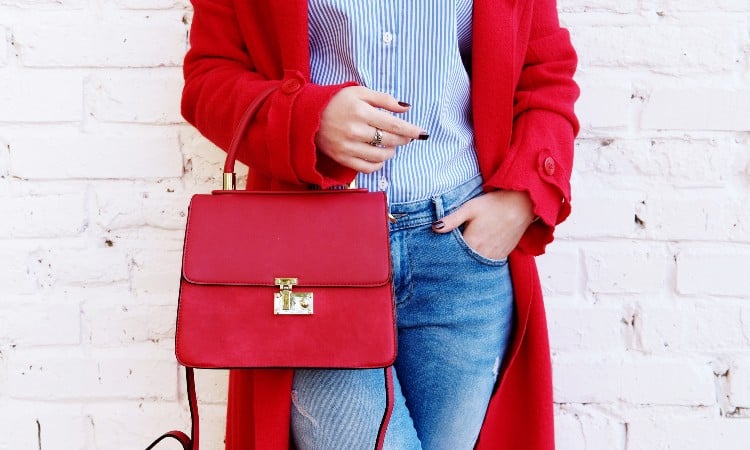
Yes, dark colors can be neutral. We’ve already identified black as being a true neutral. That’s probably the darkest color you can get! Brown is another dark color that is classed as a neutral shade. However, not all dark colors can be considered neutral. It’s all down to how they interact with other colors.
Red, for instance, is way too vibrant to be considered neutral. It has too much intensity and will dominate an outfit. Change the red to burgundy and it’s a different story. Burgundy is a more muted color and can blend in with other shades easily. It’s not a neutral color, though.
Similarly to green, burgundy and other muted colors don’t fit the definition of being neutral. They aren’t colorless, for one thing. Then there are the variations of color intensity within the burgundy or green stable. There are loads of green hues and more than one shade of burgundy.
That’s why neither green nor burgundy can be considered neutral in the truest sense. They are neutral wannabees. Or pseudo neutrals. Although they can behave like a neutral in some circumstances, they break an important neutral rule. Burgundy and green don’t always like to be in the background.
When you think of either one, you don’t get a definitive color as you do with white, black, beige, or camel. This means you have to choose your outfit carefully. Just because your dark burgundy pants work perfectly with your navy blue blouse doesn’t mean they’ll work with everything.
Try the same pants with a vibrant orange and you’ll see what I mean. The orange will take the attention away from the burgundy, but unlike a real neutral, that dark burgundy isn’t going to sink into the background without a fight.
When choosing an outfit, it’s a good idea to try the different colors together before wearing it. See how it looks in a mirror and note how you feel about the image before you.
It sounds like a lot of work, but it is worth it and you could always play safe. There is another dark neutral color. One that we haven’t covered yet. That shade is navy blue.
Blue is one of those colors with a whole host of different shades and hues. From light blue to royal blue and every shade in between. Light blue can be sky blue or baby blue. Royal blue can be mid-blue or slightly darker. There’s no definitive shade with most blues. Because of that, the blue family isn’t neutral.
However, that’s not true with navy blue. There is only one shade of navy blue and it’s recognizable by all of us. Navy blue is a blue so dark it almost looks black.
Considered a more subtle alternative, navy blue is a color used to replace black at formal events. This isn’t a surprise, as navy blue has a black undertone, making it a near-neutral that goes with everything.
Conclusion
For a color to go with everything, it needs to be a neutral shade. Neutral shades can be colorless or dull and muted. Often bland by themselves, they blend with other colors to create a balanced outfit.
Have you added a neutral shade to your wardrobe? Which one is your favorite? Do you like the warmth of cream? Or the classic look of black? Let me know in the comments.